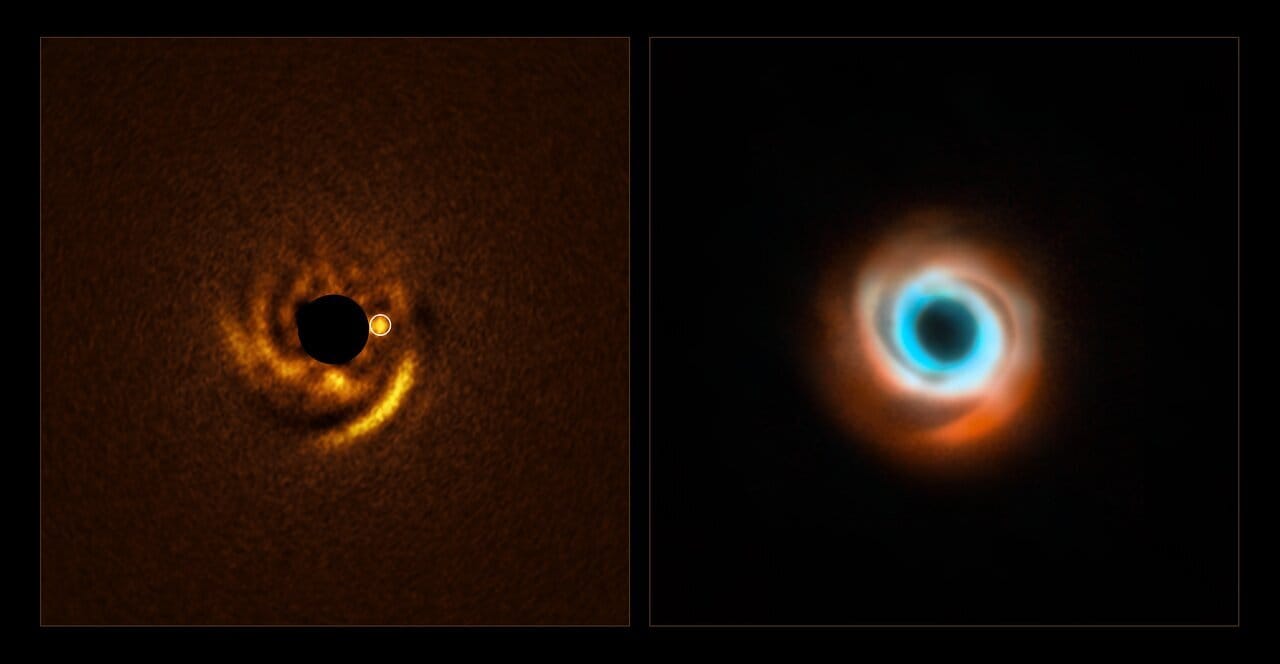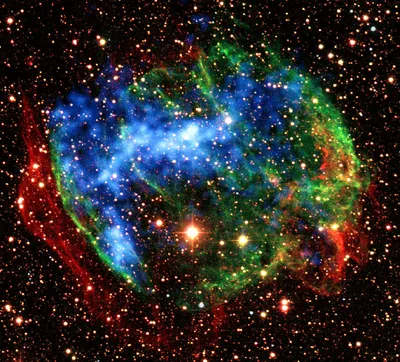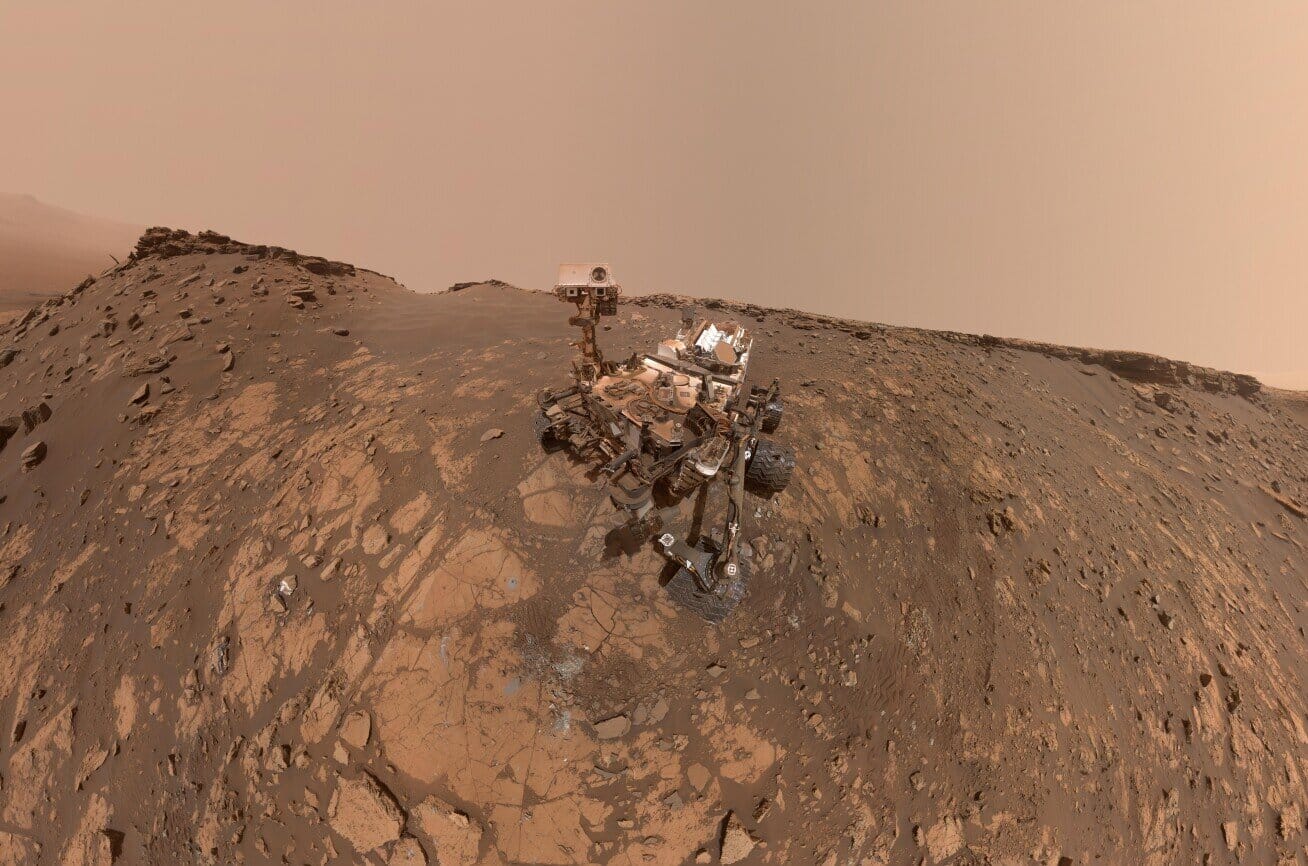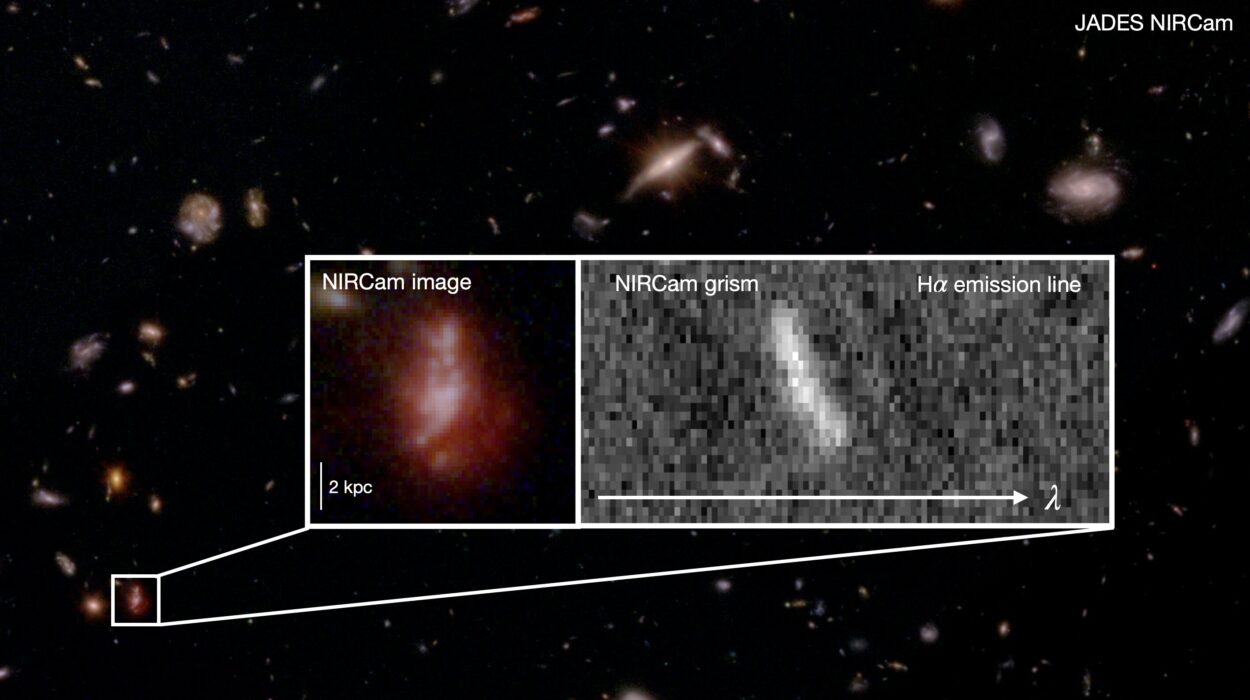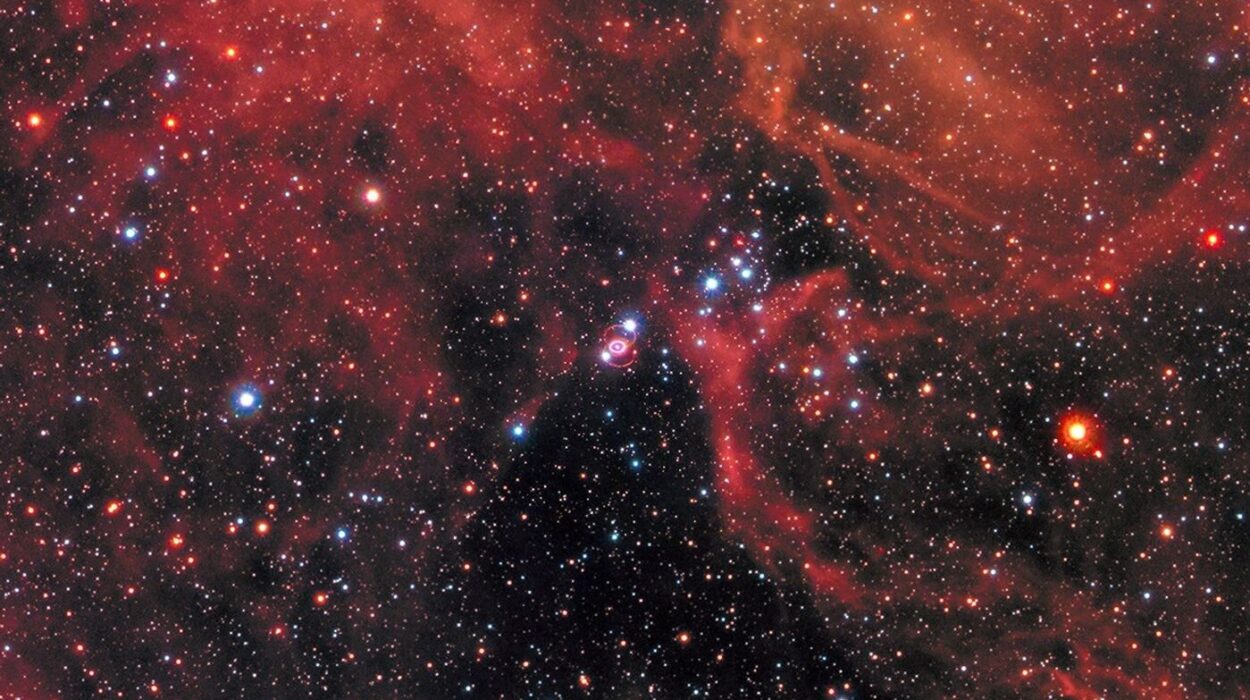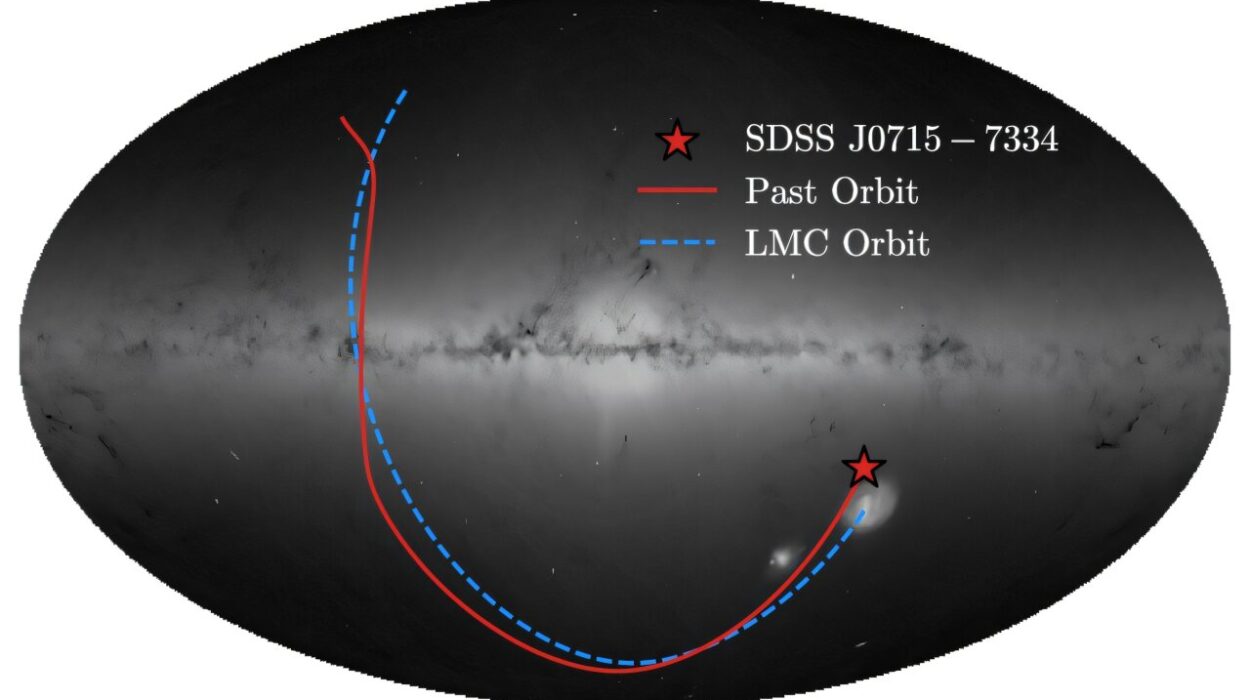In the vast reaches of space, 440 light-years from Earth, a young star sits cradled in a swirling halo of gas and dust. To the untrained eye, it might look like little more than a luminous speck. But to astronomers peering through the powerful eye of the European Southern Observatory’s Very Large Telescope (VLT), this star—known as HD 135344B—is the scene of a cosmic event so rare and extraordinary, it’s as if we’re watching creation unfold in real time.
Here, in the depths of the protoplanetary disk surrounding the star, a planet may be emerging from the primordial chaos. This isn’t speculation. This is potentially the first time scientists have caught a planet in the very act of carving the spiral arms in the dust and gas that encircle its host star.
It is, in many ways, the closest we’ll ever come to seeing the birth of a world.
A Planet Reveals Itself
Francesco Maio, a doctoral researcher at the University of Florence and lead author of the new study published in Astronomy & Astrophysics, describes the moment with awe. “We will never witness the formation of Earth,” he says, “but here, around a young star, we may be watching a planet come into existence in real time.”
Astronomers have long known that young stars are often surrounded by disks of gas and dust—the leftovers from their own formation. These disks are the nurseries of planets, rich with the raw ingredients for world-building. Observations over the years have revealed beautiful and strange structures within them: rings, gaps, arcs, and intricate spirals. The most compelling explanation has been that unseen planets are shaping these patterns as they orbit the star, pulling and pushing the material like dancers guiding fabric on a stage.
Until now, however, these sculptors of cosmic art had remained elusive. The idea that planets were responsible was theoretical—until the recent VLT observations using a cutting-edge instrument called ERIS (Enhanced Resolution Imager and Spectrograph).
With ERIS’s unmatched sensitivity, the team spotted something nestled at the base of one of HD 135344B’s sweeping spiral arms. It was faint, but unmistakable: the thermal glow of a still-forming planet, possibly twice the mass of Jupiter, lying roughly the same distance from its host star as Neptune is from our Sun. It was exactly where models had predicted a planet would be—where it should be if it were the force shaping the disk’s dramatic structure.
And this time, the astronomers weren’t just seeing the shadow of the planet’s presence. They were detecting its own light—the first such signal ever captured in this type of spiral structure.
A Planet’s Handwriting in Dust and Light
In earlier observations, astronomers had glimpsed the spirals in the HD 135344B disk using an instrument called SPHERE, which specializes in high-contrast imaging. The spirals themselves were stunning and hinted at a planetary influence. But without direct evidence of a planet, the spirals remained a mystery.
That changed with ERIS.
What made this discovery particularly groundbreaking was the planet’s position—right at the base of one of the spirals, just as theoretical simulations had long suggested. These spirals, like ripples in a pond, emerge from the gravitational influence of a planet interacting with the disk. The planet disturbs the gas and dust, causing waves that sweep outward in beautiful, spiral curves.
To see the actual culprit tucked inside the pattern it’s sculpting is akin to discovering the artist hiding within the painting.
Maio, also based at Italy’s Arcetri Astrophysical Observatory, believes this is a pivotal moment in the study of planetary formation. “This gives us a much higher level of confidence in the planet’s existence,” he says. “We are observing the planet’s own light, which is something entirely new in this kind of system.”
The Fragile Dance of Gravity
Elsewhere in the universe, another team of astronomers has turned ERIS toward a different star: V960 Mon, a very young stellar object in the early blush of life. This star, too, is wrapped in spirals of gas and dust, but the story unfolding here may be even more complex—and perhaps even more primordial.
Led by Anuroop Dasgupta, a doctoral researcher at ESO and Diego Portales University in Chile, the team sought to understand whether the patterns around V960 Mon might also be hiding a planetary embryo—or something else entirely.
Previous observations with ALMA (the Atacama Large Millimeter/submillimeter Array) and SPHERE had already hinted at gravitational instability within the disk. This process occurs when dense regions of the disk begin to collapse under their own gravity, potentially leading to the formation of massive clumps that might become planets—or brown dwarfs, failed stars that didn’t quite accumulate enough mass to ignite.
With ERIS, Dasgupta’s team discovered something luminous and compact within the spiral arms. Its nature remains unclear. It could be a massive planet forming in place. Or it could be a brown dwarf—larger than any planet, yet not massive enough to shine like a star. Whatever it is, it marks one of the first times such an object has been detected at the very moment it is possibly taking shape through gravitational instability.
It is, as Dasgupta puts it, a glimpse into what comes after the disk fragments—something scientists had long theorized, but never observed directly.
Two Births, Two Paths
Together, the discoveries around HD 135344B and V960 Mon paint a deeper picture of planet formation than we’ve ever had before. Not all planets may be born the same way. Some form slowly over millions of years, gathering material as they orbit—carving elegant spirals as they grow, like the planet candidate around HD 135344B. Others may form more violently, collapsing quickly from unstable clumps of gas, like the companion seen near V960 Mon.
These are not competing theories—they may both be true. The cosmos seems to offer multiple pathways to planetary birth, some gentle and orderly, others chaotic and fast. And with new instruments like ERIS, we are finally able to tell these stories not through guesswork, but through direct observation.
In the quiet light of distant stars, we are watching worlds take shape.
A Window Into Our Own Origins
Though these stars lie hundreds of light-years away, the stories they tell are intimately connected to our own. Our solar system was once surrounded by its own protoplanetary disk. Earth itself may have been sculpted from the dust in one of these spirals, shaped by processes we are only now beginning to witness firsthand in other corners of the galaxy.
We can never go back in time to see our world being born. But through the eyes of telescopes like the VLT, we can catch glimpses of similar stories unfolding in the present—snapshots of cosmic evolution, frozen in the distant light of newborn stars.
It’s a humbling reminder of how far we’ve come as a species. We’ve gone from gazing at the night sky with wonder to decoding its secrets with light and mathematics. We are now observers of creation itself, standing on a small planet that may once have glowed just like those we now see through glass and mirror.
And somewhere out there, among the spirals and shadows, another Earth might just be waking up.
References: F. Maio et al, Unveiling a protoplanet candidate embedded in the HD 135344B disk with VLT/ERIS, Astronomy & Astrophysics (2025). DOI: 10.1051/0004-6361/202554472
Anuroop Dasgupta et al, VLT/ERIS Observations of the V960 Mon System: A Dust-embedded Substellar Object Formed by Gravitational Instability?, The Astrophysical Journal Letters (2025). DOI: 10.3847/2041-8213/ade996
